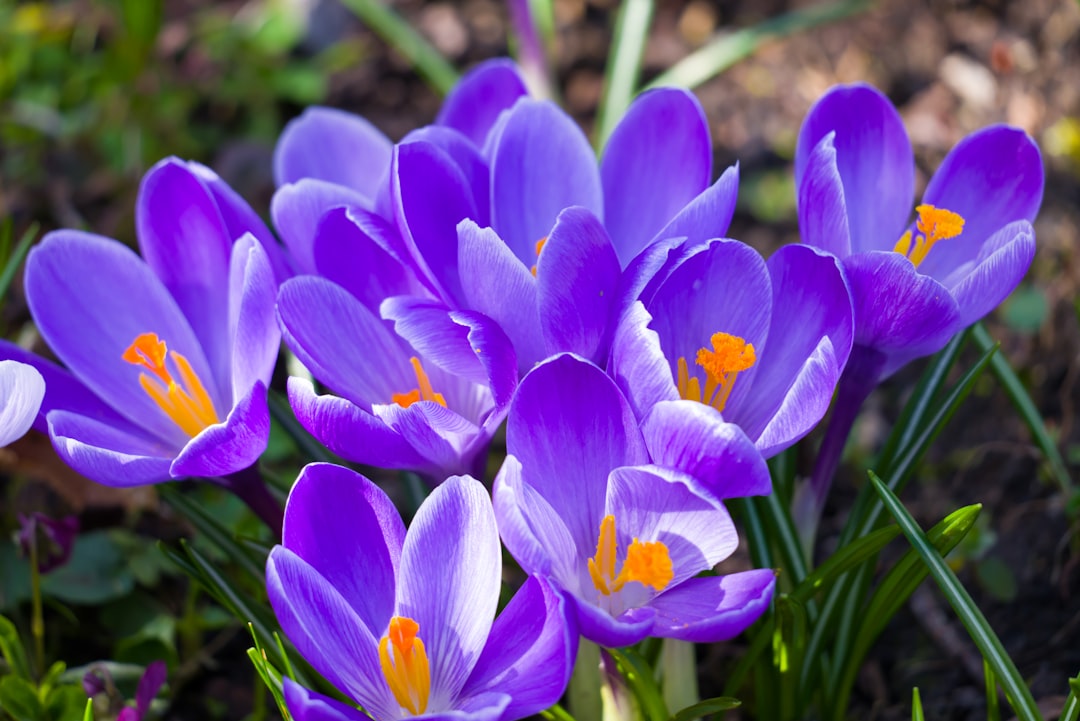The Allure and Caution of Yew Shrubs in Gardening

When it comes to creating a beautiful and functional garden, the choice of plants plays a crucial role. Among the many options available, yew shrubs stand out as a remarkable choice, especially for those looking to establish hedges. These shrubs are not only hardy but also require relatively low maintenance, making them a favorite among both novice and experienced gardeners.
Yew shrubs, scientifically known as Taxus, have a long - standing history in gardening. They are native to various parts of the world, including Europe, Asia, and North America. Their adaptability to different climates is one of the reasons they are so widely used. Whether you live in a region with cold winters or mild, temperate conditions, yew shrubs can thrive with proper care.
One of the most significant advantages of yew shrubs is their suitability for hedges. They have a dense growth habit, which means they can form a solid and attractive barrier. This is ideal for creating privacy in your garden, defining boundaries, or adding a touch of formality. The evergreen nature of yew shrubs ensures that your hedge remains green and vibrant throughout the year, providing a constant backdrop for other seasonal plants in your garden.
Another benefit of yew shrubs is their low - maintenance requirements. They are relatively drought - tolerant once established, so you don't have to worry about watering them constantly. They also don't need frequent fertilization. A slow - release fertilizer applied once or twice a year is usually sufficient to keep them healthy. Pruning is also straightforward. Yew shrubs respond well to shaping, and you can easily trim them to maintain the desired height and width of your hedge. You can prune them in late winter or early spring before new growth begins, or in mid - summer to control their growth and maintain a neat appearance.
However, it's important to note that yew shrubs come with some safety considerations. All parts of the yew plant, including the leaves, bark, and seeds, are highly toxic to humans and many animals. Ingesting even a small amount can cause serious health problems, including nausea, vomiting, dizziness, and in severe cases, it can be fatal. This means that if you have children or pets in your home, you need to take extra precautions. Make sure the yew shrubs are planted in an area that is out of reach of children and animals. You may also want to put up a small fence or barrier around the shrubs to prevent accidental ingestion.
When handling yew shrubs, it's also advisable to wear gloves. The sap of the yew plant can cause skin irritation in some people. After pruning or working with the shrubs, wash your hands thoroughly to avoid any potential contact with the toxic substances.
Despite these safety concerns, yew shrubs remain a popular choice in gardening. Their aesthetic appeal and practicality make them a valuable addition to any garden. If you're considering using yew shrubs for your hedge, it's essential to do your research and understand the proper care and safety measures. You can consult with a local nursery or a professional gardener for more information on how to plant, care for, and maintain yew shrubs safely.
In conclusion, yew shrubs offer a unique combination of beauty and functionality in gardening. Their ability to form dense, evergreen hedges with minimal maintenance is truly remarkable. However, the safety risks associated with them cannot be ignored. By being aware of these risks and taking the necessary precautions, you can enjoy the many benefits that yew shrubs bring to your garden while ensuring the safety of your family and pets.